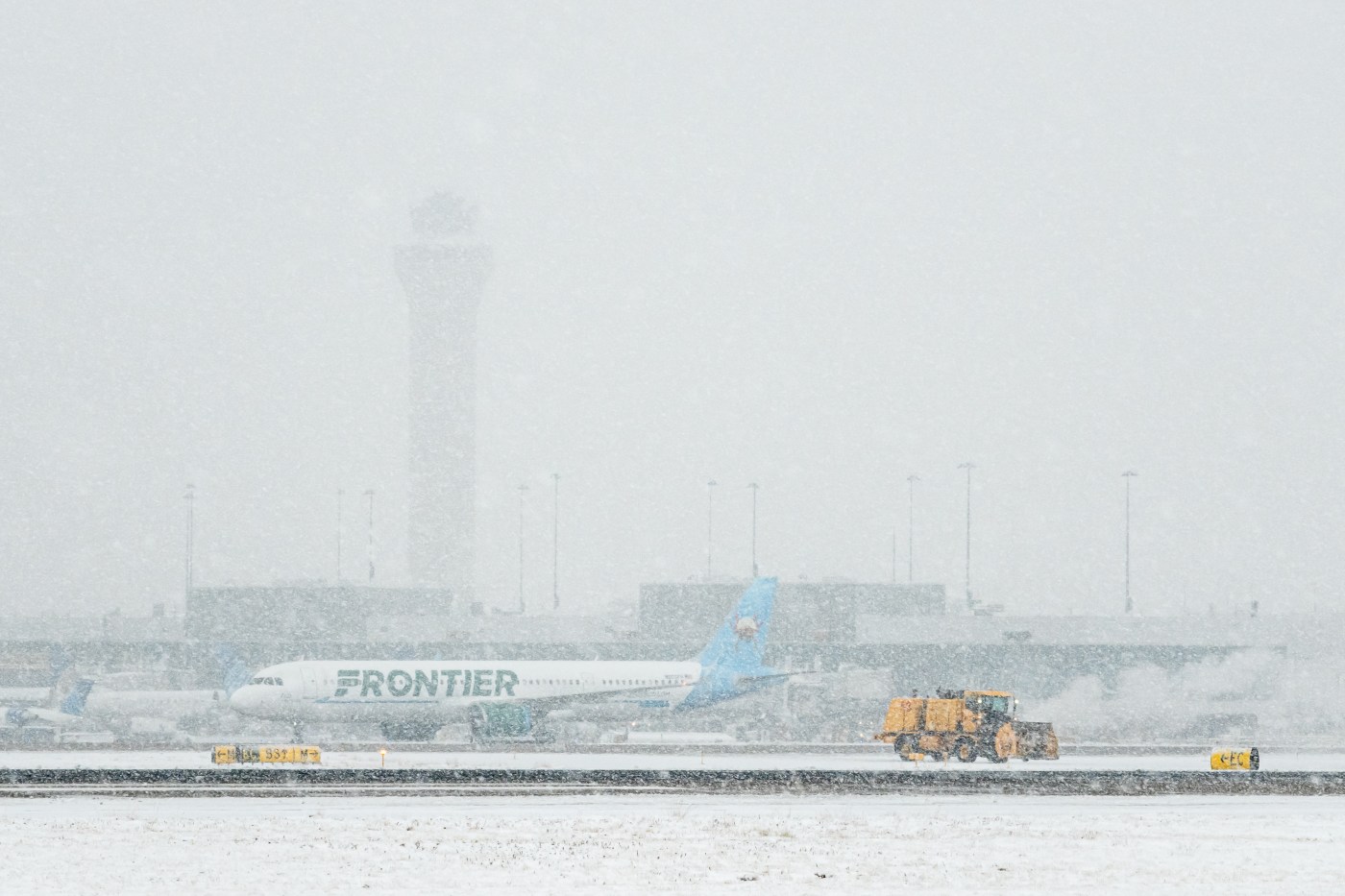Is Tilray making a stock market comeback?
The last year has been brutal for cannabis stocks. Whether because of failed banking reform in the United States or the incompetent anti-business ideology of the Communist Chinese puppet government in Canada – the cannabis industry is taking a beating.
But is Tilray the outlier? Is this (formerly Canadian, now New York-based) pharmaceutical-cannabis company worth the investment?
Is Tilray making a comeback?
Tilray Comeback
Compared to last year, Tilray’s revenue has grown by 20%. Its gross profit margin is up 37%. Tilray’s fourth-quarter earnings placed its cash and equivalents at $448.5 million.
With a market cap of $1.28 billion, Tilray blows its competitors out of the water. Compare Tilray’s comeback to Aurora Cannabis ($180 million market cap) or Canopy ($288 million).
Of course, 2022 saw Tilray with record low stock prices. It’s no secret the Federal Reserve’s monetary tightening has affected the long-term outlook of many companies.
Analysts suspect Tilray’s position to improve based on this belief that interest rates aren’t going up any further. That inflation has “moderated,” and it’s back to business as usual.
The Tilray comeback isn’t just thanks to cannabis sales, however. Tilray is also involved with alcohol, “wellness,” and distribution—the distribution segment of their operation accounts for almost half of their revenue.
Of course, cannabis is part of the potential Tilray comeback. They just launched a new line of THC-infused drinks and acquired HEXO. This acquisition increases their Canadian cannabis market share by 13%.
Analysts aren’t convinced the HEXO buy was a good one, however. The Quebec-based company saw a 50% decline in year-over-year revenue for its last quarter. That’s a net loss of $86.5 million.
Nevertheless, Tilray expects growth between 11% to 27%. It’s also anticipating positive free cash flow next year versus the outflow of $12.9 million in fiscal 2023.
Skeptics of Corporate Cannabis
The problem with the Tilray comeback is the numbers. Earnings Before Interest, Taxes, Depreciation, and Amortization (EBITDA) are not entirely accurate measures of profit. Tilray still needs to generate a net profit. They reported a net loss of $119 million in the fourth quarter.
The CEO admits that betting on American legalization is no longer an option. The company has a solid footing in European markets, especially with distribution in Germany.
But the company also never posts quarter-over-quarter results, which is a red flag for investors. Critics will say that no growth, no earnings, and no margin stability don’t make for a good cannabis company.
Their new THC-infused sparkling drinks (under its RIFF brand) are isolate products, which means consumers won’t receive the entourage effect from other beneficial cannabinoids.
Tilray also operates in the legal Canadian market, where the underground legacy growers and retailers still account for 40% of the cannabis market.
A good chunk of Canadians are unhappy with overpriced, irradiated corporate weed. Many prefer the mom-and-pop farmers they’ve been using for years.
Corporate balance sheets won’t overturn thousands of years of plant medicine. The Tilray comeback is likely investor fiction.
Like the belief that inflation is a naturally occurring aspect of free markets and that central banks can “cool” it by raising interest rates.
Or the belief that a company with a 47% decreased stock price from last year, with a $119 million loss, and which doesn’t expect to be profitable by 2026, is making a comeback.

 Cannabis News2 years ago
Cannabis News2 years ago
 One-Hit Wonders2 years ago
One-Hit Wonders2 years ago
 Cannabis 1012 years ago
Cannabis 1012 years ago
 drug testing1 year ago
drug testing1 year ago
 Education2 years ago
Education2 years ago
 Cannabis2 years ago
Cannabis2 years ago
 Marijuana Business Daily2 years ago
Marijuana Business Daily2 years ago
 California2 years ago
California2 years ago





























